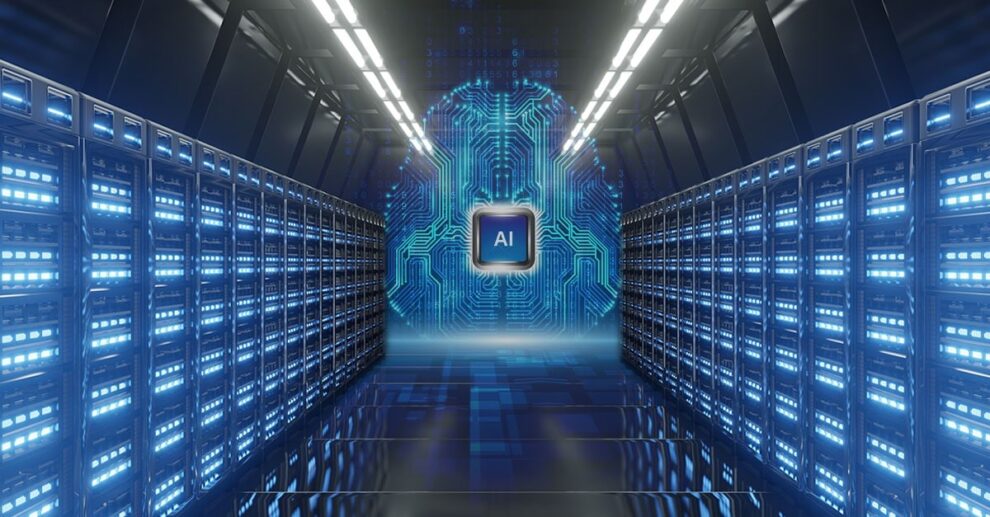The world is drowning in data. From the mundane (your latest social media post) to the monumental (scientific simulations that unlock the secrets of the universe), we generate an unfathomable amount of information every second. But data itself is useless without the power to process it, analyze it, and extract meaningful insights. This is where High-Performance Computing (HPC) comes in, and with it, the need for specialized data centers capable of housing these digital behemoths.
Building a data center for HPC isn’t just about throwing up four walls and plugging in some servers. It’s a complex undertaking that requires meticulous planning, significant investment, and a deep understanding of the unique demands of these powerful systems. This article delves into the critical considerations for constructing data centers ready to tackle the challenges of high-performance computing.
Why HPC Needs Specialized Data Centers
HPC systems are different beasts altogether compared to your average server farm. They consist of densely packed, high-performance processors that generate enormous amounts of heat and require vast amounts of power. Imagine thousands of supercomputers crammed into a single room, all working at full throttle. Without specialized infrastructure, these systems would quickly overheat, malfunction, and potentially fail.
Traditional data centers, designed for general-purpose IT workloads, simply can’t handle the intense demands of HPC. Think of it like trying to run a Formula 1 car on a regular city street – it needs a dedicated track built for speed, endurance, and safety. Similarly, HPC infrastructure needs a purpose-built environment optimized for:
- Cooling: HPC systems generate tremendous heat, requiring robust cooling systems to prevent damage and maintain optimal performance.
- Power: These power-hungry machines demand a reliable and abundant power supply with backup systems to ensure continuous operation.
- Networking: HPC applications often involve massive data transfers between nodes, necessitating high-bandwidth, low-latency network infrastructure.
- Space: HPC clusters can occupy significant floor space, and the data center design must accommodate the physical footprint of these systems.
Key Considerations for HPC Data Center Construction
Building an HPC data center is a multi-faceted project, and getting it right requires careful consideration of various factors:
- Location, Location, Location:
- Proximity to Power Sources: Choose a location with access to reliable and affordable power. Consider renewable energy sources to reduce operational costs and environmental impact.
- Cooling Considerations: Factor in the local climate. Cooler climates can reduce cooling costs, while arid environments might necessitate specialized cooling solutions.
- Network Connectivity: Ensure access to high-bandwidth fiber optic networks for seamless data transfer and connectivity.
- Disaster Preparedness: Assess the risk of natural disasters (earthquakes, floods, etc.) and implement appropriate mitigation measures.
- Power Infrastructure:
- Redundancy is Key: Design a power distribution system with multiple layers of redundancy to prevent downtime in case of power outages.
- Power Usage Effectiveness (PUE): Aim for a low PUE to minimize energy waste and reduce operational costs. Employ energy-efficient power supplies and explore innovative cooling technologies.
- Cooling Systems:
- Beyond Traditional Cooling: Traditional air cooling might be insufficient for high-density HPC deployments. Explore liquid cooling solutions, such as immersion cooling, for more efficient heat dissipation.
- Hot and Cold Aisles: Implement hot and cold aisle containment to optimize airflow and prevent hot air from recirculating.
- Networking Infrastructure:
- High-Bandwidth, Low-Latency: Deploy high-bandwidth network switches and routers to ensure seamless communication between HPC nodes.
- Network Topology: Choose a network topology that minimizes latency and maximizes data throughput, such as InfiniBand or high-speed Ethernet.
- Security:
- Physical Security: Implement robust physical security measures, including access control, surveillance, and intrusion detection systems.
- Cybersecurity: HPC data centers often handle sensitive data, necessitating strong cybersecurity measures to protect against cyber threats.
The Future of HPC Data Centers: Trends to Watch
The world of HPC is constantly evolving, and data center design must keep pace with these advancements:
- Edge Computing: Bringing HPC capabilities closer to the data source, such as in research labs or manufacturing facilities, is gaining traction.
- Artificial Intelligence (AI): AI workloads are increasingly integrated with HPC, requiring data centers to adapt to the unique demands of AI processing.
- Sustainability: Reducing environmental impact is a growing concern. Expect to see more emphasis on energy-efficient infrastructure, renewable energy sources, and sustainable cooling solutions.
My Personal Experiences
In my years working with HPC infrastructure, I’ve seen firsthand the challenges and complexities of building and maintaining these specialized data centers. One particularly memorable project involved designing a data center for a research institution running climate simulations. The sheer scale of the project was daunting, with thousands of processors generating an immense amount of heat. We had to push the boundaries of cooling technology, ultimately implementing a combination of liquid cooling and advanced air cooling techniques to maintain optimal operating temperatures. It was a challenging but rewarding experience that highlighted the critical role of innovative data center design in enabling groundbreaking scientific research.
Building an HPC data center is not for the faint of heart. It’s a significant undertaking that requires meticulous planning, specialized expertise, and a commitment to staying ahead of the curve. But the rewards are immense. These powerful facilities are the engines of innovation, driving advancements in fields ranging from scientific research and medicine to finance and engineering. As the demand for HPC continues to grow, so too will the need for cutting-edge data centers capable of taming these digital beasts.








